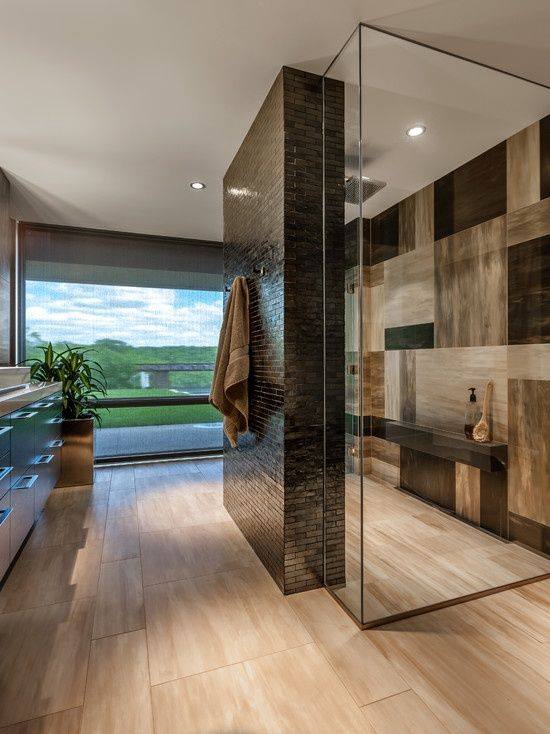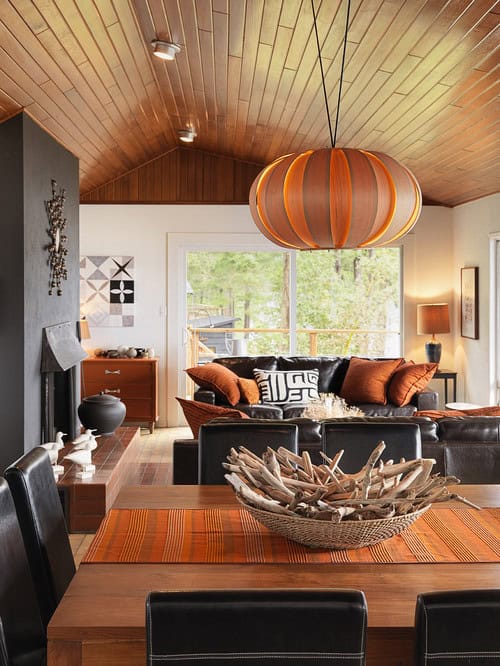Table of Content
A connected home offers safety, convenience, and security, which are things every homeowner desires. They’re always open to trying new things, and if those things save money and are environmentally friendly at the same time, it’s a win-win situation. It’s estimated that the global home automation market will have a CAGR of 25% by 2025.
When various smart homes live together in a neighbourhood, it can create a synergy within the community. These features would not be effective without the Internet of Things. The early returns are encouraging; the IoT can significantly improve the quality of life of people. The Internet of Things has also been applied for automated assistance for people with disabilities or elders needing care. Home systems can adapt to the needs of users with particular disabilities. The Internet is the bloodstream that allows home automation.
Sum-imitating lights will be the norm.
Thermostats like the Nest Learning Thermostat, can help you save money on your energy bill by learning your heating and cooling preferences and also adjusting them according to the weather. Install the CNET Shopping extension and we'll help you turn your house into a smart home without breaking the bank. On our blog you will find information about current job vacancies.

For example, a fifth of Europe’s energy needs could be sourced through solar energy from panels on existing rooftops. Not only would consumers save on energy bills, but they could also earn extra money by selling excess energy back to the grid. Hopefully, the residential sector currently holds the greatest potential for decarbonization out of all buildings segment.
Expect a rise in disaster rooms.
In such a future, nomadic lifestyles become yet another norm, and fixed homes will morph into live / work spaces that can be shared with theaccess economy. This is why for many people the idea of a smart home is still relegated to a smart speaker and whatever appliances they’ve got that happen to have compatible smart features. You may think, that the market is like that because there isn’t enough interest from consumers. Statistics, compiled by TechJury, show that 81% of consumers in the US are more likely to buy a new house which already features smart technology. There are still concerns about privacy issues and data breaches, especially with online networks connected to homes.
An avid reader, dark chocolate connoisseur, and coffee addict, she is passionate about writing quality content based on thorough research and facts. Health, animals, literature, and human relationships are just some of the topics she has covered so far. In 2050, houses will probably be able to collect and store energy generated from non-fossil fuels to heat water and homes. All cars could be electric, and every house would have a charging point. Although the smart home statistics show that 87% of people don’t know what the Internet of Things is, they know that it can help us be more productive.
The Smart Home: Can It Replace Traditional Health Care?
This is the journey Peggy Smedley, and her husband Dave, are on as they are building a Living Lab, with the help of a host of industry partners to encourage ecofriendly and green living. While the project is still underway, technology will be front and center in this Living Lab, helping demonstrate how to build smart, connected, and sustainable homes. More than a decade ago, when I started covering AHT , as it was called back then, the cost of smart home technology was one of the largest barriers to adoption.

The name, a Latin derivative of "El Amor", meaning "love," reflects the company's mission of sharing the highest-quality smart locks with the world. ELAMOR has a development laboratory with cutting-edge technology and creative designers working to meet the satisfaction of all customers. It may be an unfamiliar concept for some but many people are already reaping its benefits. Smart home technology uses the Internet to connect devices in a network. This is a process called automation that permits remote monitoring and control of these devices.
The Future of Smart Homes and Smart Homes Technology
With the temperature control system, you can rest without moving off of your couch even in the mild winters of the Maldives, and in the hot summers, you can bring icy coolness to your house. The technology keeps the rooms at a suitable temperature throughout the year. In addition, when you get home from work, you may send a home task from your phone to heat the room and fill the bathroom with warm water, and everything will be ready for you when you arrive.
The explosion in IoT devices has led to some serious security risks, with hackers able to get access to webcams, routers and other devices. Researchers have found that there are vulnerabilities in everything from ovens and refrigerators to children’s smartwatches. Device in 2021, and the report projects this number will grow to 48.4% by 2025. The number of smart home households nearly doubled from 2018 to 2022, from 23.1% to 44.4%. This means almost half of U.S. households are using smart devices in their homes. Keep reading to learn about AI-powered household devices, future trends in smart home design and ways to position yourself at the forefront of this emerging field.
The most popular type of smart home entertainment device is a smart speaker with built-in displays that allow for video playback. The global revenue from smart home products reached $206 billion in 2018. Forecasts suggest that, by 2023, digital voice assistants will outnumber the human population and will reach the 8 billion mark. Currently, people around the world use 4.08 billion voice assistants. One of the more interesting smart home facts is that the first smart home device, ECHO IV, was created back in 1966. Smart home technology has started gaining popularity very recently, even though it’s been around for quite some time.

Consumer desire for connected intelligent devices has increased during the pandemic, and will likely continue to go up in the future. The incentives to produce functional AI architectures are apparent, with business leaders and industry professionals already acknowledging the potential of this technical breakthrough. Naturally this is going to vary by region and type of technology selected, but generally speaking this can include automated lights, locks, thermostat, smart speaker, hub, and smart plugs. The high end cost for this project is around $20,000 to fully automate every room in the home, including lights, blinds, locks, appliances, irrigation system, thermostat, hub, and smart speakers.


No comments:
Post a Comment